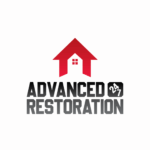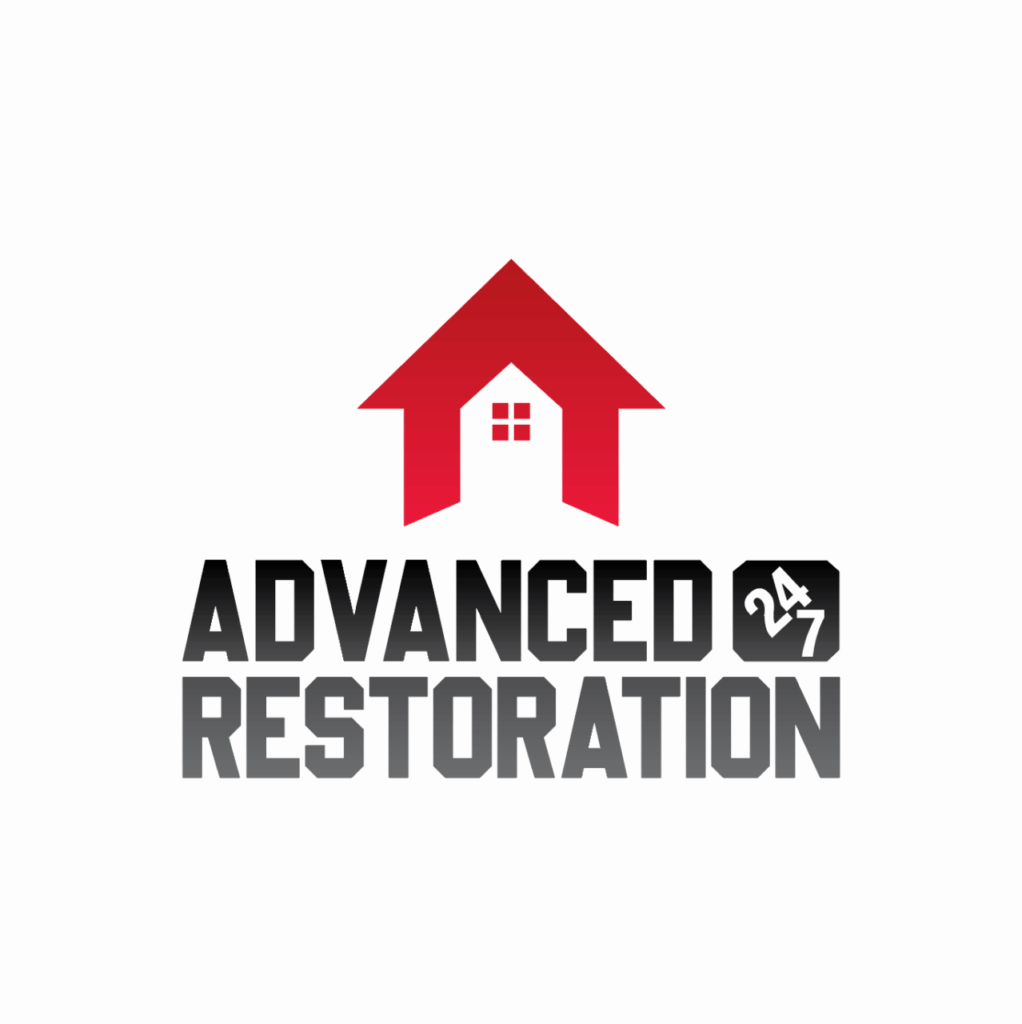When it comes to sewage cleanup, you want to protect yourself from potential health hazards and ensure the job gets done properly. It’s a delicate balance, but fear not because we’ve got you covered.
This discussion will explore the top 5 strategies to safeguard your health during cleanup. From assessing the risk to disinfecting and cleaning thoroughly, these strategies will keep you safe and provide you with the peace of mind you need.
So, buckle up and get ready to discover the key steps to ensuring a healthy and successful sewage cleanup.
Assessing the Risk
When assessing the risk during sewage cleanup, it’s important to evaluate the potential health hazards involved thoroughly. Risk assessment is crucial in ensuring the safety and well-being of the cleanup crew and the surrounding community. By identifying and understanding the risks associated with sewage cleanup, you can take appropriate preventative measures to minimize the potential health effects.
To begin the risk assessment process, it’s essential to consider the various health hazards that may be present. Sewage contains harmful bacteria, viruses, parasites, and other pathogens that can cause gastroenteritis, hepatitis, and respiratory infections. Additionally, exposure to sewage can lead to skin irritations, allergies, and even serious long-term health problems.
To mitigate these risks, it’s important to implement preventative measures. First and foremost, you should always wear personal protective equipment (PPE) such as gloves, goggles, and respiratory masks to minimize direct contact with sewage and prevent inhalation of harmful fumes. Proper hand hygiene is also crucial, so wash your hands thoroughly with soap and clean water before and after the cleanup process.
Furthermore, it’s crucial to ensure proper ventilation during sewage cleanup to reduce the concentration of airborne contaminants. Open windows and use fans to improve air circulation. If possible, use exhaust fans or ventilation systems to remove contaminated air from the area.
Regular breaks and hydration are important during cleanup to prevent fatigue and maintain physical well-being. Remember to listen to your body and take breaks when needed.
Wearing Protective Equipment
To ensure your safety during sewage cleanup, it’s crucial to properly equip yourself with protective gear. Choosing appropriate gear is essential to shield yourself from the potential health hazards of handling sewage.
The first step is to wear gloves made of thick, waterproof material such as rubber or neoprene. These gloves will protect your hands from direct contact with the sewage, preventing the spread of harmful bacteria and viruses.
Additionally, wearing a face mask or respirator safeguards your respiratory system. Look for masks specifically designed for hazardous materials, as they provide a higher level of protection.
Proper handling of the protective gear is just as important as choosing the right equipment. Before putting on your gloves, make sure your hands are clean and free from any cuts or wounds. Inspect the gloves for any tears or punctures, and replace them immediately if any are found.
When removing the gloves, avoid touching the contaminated outer surface. Peel them off from the inside, turn them inside out as you do, and dispose of them properly in a sealed bag.
Implementing Proper Ventilation
Ensure adequate ventilation to minimize the risk of inhaling harmful gases or fumes during sewage cleanup. Implementing proper ventilation is crucial to improving air quality and preventing cross-contamination. Here are some strategies to help you achieve this:
- Open windows and doors: By opening windows and doors, you can allow fresh air to circulate in the area, reducing the concentration of harmful gases and fumes. This will help improve air quality and create a healthier environment for everyone involved.
- Use exhaust fans: Installing exhaust fans in the affected area can help remove contaminated air and replace it with fresh air from outside. This will aid in preventing the spread of unpleasant odors and potentially harmful substances, ensuring a safer and more comfortable working environment.
- Utilize air purifiers: Consider using air purifiers equipped with HEPA filters to improve air quality further. These filters are designed to capture microscopic particles, including bacteria and viruses, helping to prevent cross-contamination and reducing the risk of respiratory issues.
- Seal off the area: To prevent cross-contamination, it’s crucial to seal off the affected area from the rest of the building. This can be done by closing doors, covering vents, and using plastic sheeting to create a physical barrier. Doing so can contain the contaminated air and minimize its spread to other areas.
Minimizing Direct Contact
Take precautions to minimize direct contact with sewage during cleanup to protect your health and prevent the spread of harmful pathogens. Preventing contamination is crucial when dealing with sewage, as it can contain various disease-causing organisms. To accomplish this, it’s important to receive specialized training on proper handling and disposal techniques.
One effective strategy to minimize direct contact with sewage is wearing appropriate personal protective equipment (PPE). This includes gloves, masks, goggles, and waterproof boots. PPE acts as a barrier between you and the sewage, reducing the risk of exposure to harmful pathogens. Make sure to dispose of PPE after use to prevent cross-contamination properly.
Another way to minimize direct contact is by using long-handled tools. These tools allow you to clean and remove sewage from a distance, reducing the need to come into direct contact with it. Examples of such tools include squeegees, brushes, and shovels. Remember to clean and disinfect these tools after use to prevent the spread of pathogens.
Additionally, it’s crucial to avoid tracking sewage into unaffected areas. When moving between contaminated and clean areas, ensure you thoroughly clean your footwear. This can be done by using disinfectants or washing them with soap and water. Doing so prevents the spread of pathogens to other parts of your home and minimizes the risk of contamination.
Disinfecting and Cleaning Thoroughly
When disinfecting and cleaning thoroughly after sewage cleanup, it’s crucial to eliminate any remaining pathogens and prevent further contamination. Here are some strategies to ensure proper disposal and effective sanitization:
- Wear protective gear: Before starting the cleaning process, wear appropriate protective gear such as gloves, goggles, and masks. This will protect you from coming into direct contact with any harmful substances.
- Remove visible debris: Remove any visible debris, such as solid waste or objects, with gloved hands or tools. Dispose of them in sealed bags to prevent the spread of contamination.
- Use a disinfectant: Choose a disinfectant that’s effective against a wide range of pathogens. Apply the disinfectant to all surfaces that may have come into contact with sewage, including floors, walls, and furniture. Follow the manufacturer’s instructions for dilution and contact time.
- Properly ventilate the area: Open windows and use fans to increase ventilation during cleaning. This will help to reduce the concentration of harmful gases and odors.
Summary
So remember, when it comes to sewage cleanup, there are several key strategies to safeguard your health.
Assessing the risk is the first step in understanding the potential dangers involved.
Wearing protective equipment, such as gloves, goggles, and masks, is crucial to minimize the risk of exposure to harmful bacteria and toxins.
Proper ventilation is essential to prevent the buildup of hazardous gases and odors.
Minimizing direct contact with the sewage is essential to reduce the risk of infection.
Disinfecting thoroughly is vital to eliminate any remaining bacteria or viruses.
Following these steps can ensure a safer and healthier environment for yourself and those around you.
Remember to stay proactive, stay protected, and stay healthy.
Advanced 24/7 Restoration’s mission is to provide unparalleled care and support to our valued clients. Delivering the best solutions for your property restoration needs. Our vision is to be the top-rated damage restoration company in Denver, known for our exceptional services, professionalism, and dedication to customer satisfaction. Water damage, fire damage, flood damage, and more.
- This author does not have any more posts


